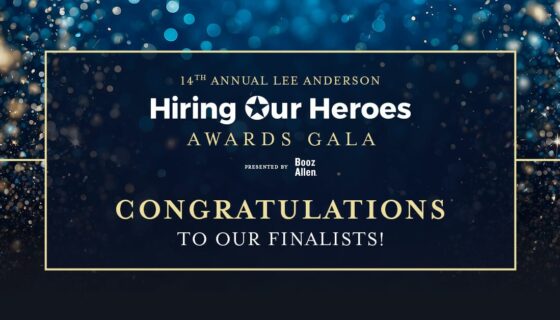Networking & The Art of Following Up

Networking is vital for professional growth, but that stack of beautiful business cards you are eager to pass out will be useless if you don’t properly follow up on each connection you make. Successful networking takes patience and follow through to foster genuine relationships with people who share common goals and interests with you.
Whether you are looking to form new connections or on the job hunt, all of your hard work, in the end, can come down to one critical move: the follow-up. Just as in crafting a resume, effectively networking, and nailing interview questions, following up after making a connection is an art form. When done correctly, you leave a memorable impression that can result in professional payoffs both the short and long term.

Strategies for Making the Most of Your Networking Efforts
Here are a few strategies that will help you maximize your initial interactions:
Timing Is Everything
You’ve completed the interview and now it’s time to thank the hiring manager. Don’t wait. In a survey of human resource managers who were asked if a candidate’s thank-you message was helpful in making the hiring decision, eighty percent of respondents said they take thank-you messages into account when deciding on which candidate to hire.
The same survey also found that only 24 percent of applicants actually sent thank you messages, meaning you will set yourself apart in sending one. Whether you craft a cordial email or send a handwritten note, don’t delay in thanking your contact for the interview, the new connection, or just their time spent with you. Experts suggest sending a follow-up within 24 hours, as many hiring decisions are made shortly after the interview process. For networking connections, send your message as soon as possible while your interaction is still fresh in the minds of all participants.
Make It Personal
Customizing your message is key to conveying sincerity and cementing your impression in the mind of your contact. Be sure to make note of a takeaway point, a shared goal, or something personal about the other person that you can include in your follow-up communication. Consider briefly mentioning a skill you possess that wasn’t brought up during the interview, or expounding on a shared interest that was discussed, as a way to evoke positive emotions about your interaction.
While your message does need to be personal, it does not need to unnecessarily long or formal. Stick to a message that conveys your key points and keeps the ball moving forward.
Leverage Social Media
Meet your connection where they operate most effectively, which for a growing number of business professionals is on social media. Offer links to your LinkedIn, Facebook, Twitter, Instagram, or any preferred accounts in your email signature. You can also request to connect directly by sending a private message or invitation through the social media channel. Be sure to include a short note reminding them of who you are, how you met, and that you are grateful for their connection. Keep track of what channel your audience is most responsive on and use that as your starting point for future communications.
Take Them Up On Their Offer
Too many times, those on the receiving end of a generous offer don’t actually accept for fear of appearing greedy or needy. If a contact offers to make an introduction, meet you again to strategize, or any similar invitation, they very likely want to provide their support. Accept their offer with grace by simply stating, “That’s a kind offer and I am very interested. May I contact you about more details later this week?”
A simple response confirming their suggestion tells the other person that you take them seriously and intend to follow though. Asking their permission to reconnect later gives them the opportunity to set boundaries for any expectations.
Schedule the Next Meeting
Establishing the first connection can be stressful and time consuming, but once the initial meet-and-greet is under your belt, you now have a foot in the door to continue developing rapport. A good way of doing this is to set up consistent meetings for catching up. This is how you can transition your connection from a business relationship to a friendship, and that is where real mutual benefits can happen.
When it comes to job interviews, express your continued interest to the hiring manager by suggesting they contact you with any remaining questions or updates. One effective way to convey this without sounding pushy is, “I welcome any additional questions you may have and I look forward to continuing this conversation soon.”
Networking plants the seed for a professional relationship, but then it’s up to you to show your commitment, determination, and competence as you cultivate the relationship.
Remember, building momentum is key to fostering trust and reliability in any relationship and the first step in reaching that goal begins with a solid and sincere follow up gesture.



